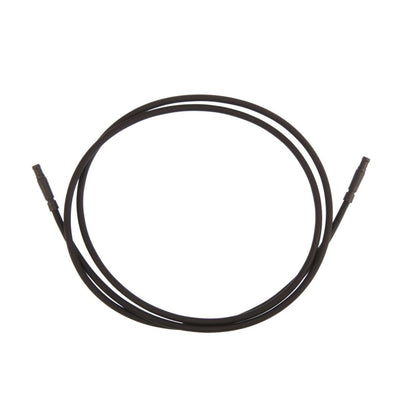Different Types of Bicycle Trainers
For many of us, winter is officially in full swing and that means getting out to ride can be harder due to the weather and surface conditions. Not to mention, the pandemic has sent a lot of people indoors on trainers to keep up fitness levels, get social interaction (while social distancing) through digital platforms like Zwift, especially if you're in the roadie crowd and live in areas with more restrictive measures.
There have primarily been two types of trainers, wheel on, and wheel off (there's roller too, but we'll discuss those later). In the last few years, a new flavor has entered the market that takes the regular gym variety stationary bike to another level. Peloton started this trend with stationary bikes that came complete with large displays and simulated riding conditions. Others soon followed like Wahoo with the KICKR BIKE that took things up a notch further.
Generally, your two main options are regular (dumb) trainers, or what are called "smart" trainers. Smart trainers have a bunch of additional features such as variable resistance that can be controlled from within an app and usually provide data back such as power and speed. Overall, smart trainers are the way to go if you plan on doing anything more than occasionally use a trainer.
Wheel-On Trainers
Wheel-on trainers are the most popular category of bicycle trainers. They can be a great option depending on your needs. They come in both regular (dumb) and smart varieties and are typically the most affordable option.

Pros
- Budget friendly. Whether you're looking for something very basic, or something more advanced, there's and option here for you wether it's the Tacx Boost, or the Tacx Flow and Wahoo KICKR Snap with smart trainer capability.
- Portability, with most folding flat.
- Can leave the wheel on.
Cons
- Not all bike frames are compatible, especially carbon frames don't do well with this type and in some cases their use can void the carbon fiber frame warranty.
- Increased tire wear due to the constant friction. Special trainer tires can help with this, but it's definitely still a consideration.
- Not as accurate or as good of a ride feel as wheel-off trainers
Wheel-Off Trainers
Wheel-off trainers are the trainer of choice for riders who plan on more than the occasional use or are getting into Zwift and want to take advantage of all the features.

Pros
- Much more realistic ride feel. The Tacx Neo 2T is actually able to replicate the feel of road surfaces such as cobbles, which is a particularly neat option. The Wahoo KICKR CORE and KICKR SMART TRAINER are both excellent options. The Wahoo KICKR SMART TRAINER is the more advanced and compact of the two with folding legs for easier storage.
- More compatibility with other bikes, including mountain bikes.
- No issues with warranty limitations on your bike frame like there are on wheel-on trainers.
Cons
- They tend to have a larger and heavier footprint. Some do have folding legs, which makes them easier to store.
- They tend to be more expensive which reflects the additional features and higher build quality.
Training Bikes
These are the new kid on the block, but have some seriously cool features that change the riding experience. There are several options on the market, but the leader of the pack is the Wahoo KICKR BIKE. It's fully featured and gives the most realistic ride feel of any trainer or the market and you can expect Wahoo's excellent engineering and support.

Pros
- Super realistic ride feel, including full tilt for simulated climbing and descents. Perfect for the competitive Zwift athlete.
- No need to take your bike off the trainer as the trainer is a complete bike!
Cons
- They're full size machines that need a dedicated space in your workout area.
- With all of the features, the cost is significantly higher than any other trainer options, but this can be worth it.
Rollers
These are the old school trainer that are still around, but far less popular than their modern brethren. They're basically a frame that sits on the floor and holds 3 roller in place that you put your bike on and then pedal. While they serve a purpose, they can be tricky things to get used to and it's probably safe to say there are plenty of holes in drywall created by someone loosing their balance! Best recommendation is to try these in a narrow hallway where you can quickly support yourself if you loose your balance. A more modern twist on the old school rollers is to have a fork mount on the front, and rollers for you rear wheel, like the Feedback Sports Omnium.

Pros
- Ultra compact and very price friendly.
- Forces you to pedal efficiently and balanced or you'll fall off (on the traditional type).
- Works well for high cadence pedaling efficiency training.
Cons
- Requires a great deal of balance or you'll fall off (unless it's a fork mount).
- Does not have smart trainer capabilities.
- Is primarily a training tool to work on an even cadence.
- Tire wear is high, similar to other Wheel-On trainers.
Overall, the trainer option you decide to go with will depend largely on budget and what you're looking to accomplish. Wheel-on trainers are great for occasional use, but wheel-on trainers are the best choice if you plan on making the trainer a significant pet of your with your own bike. Training bikes like the Wahoo KICKR BIKE take it to the ultimate level and are the best option for those who want the ultimate experience. Feel brave and looking to work on your pedaling, then rollers might be your thing!



Leave a comment